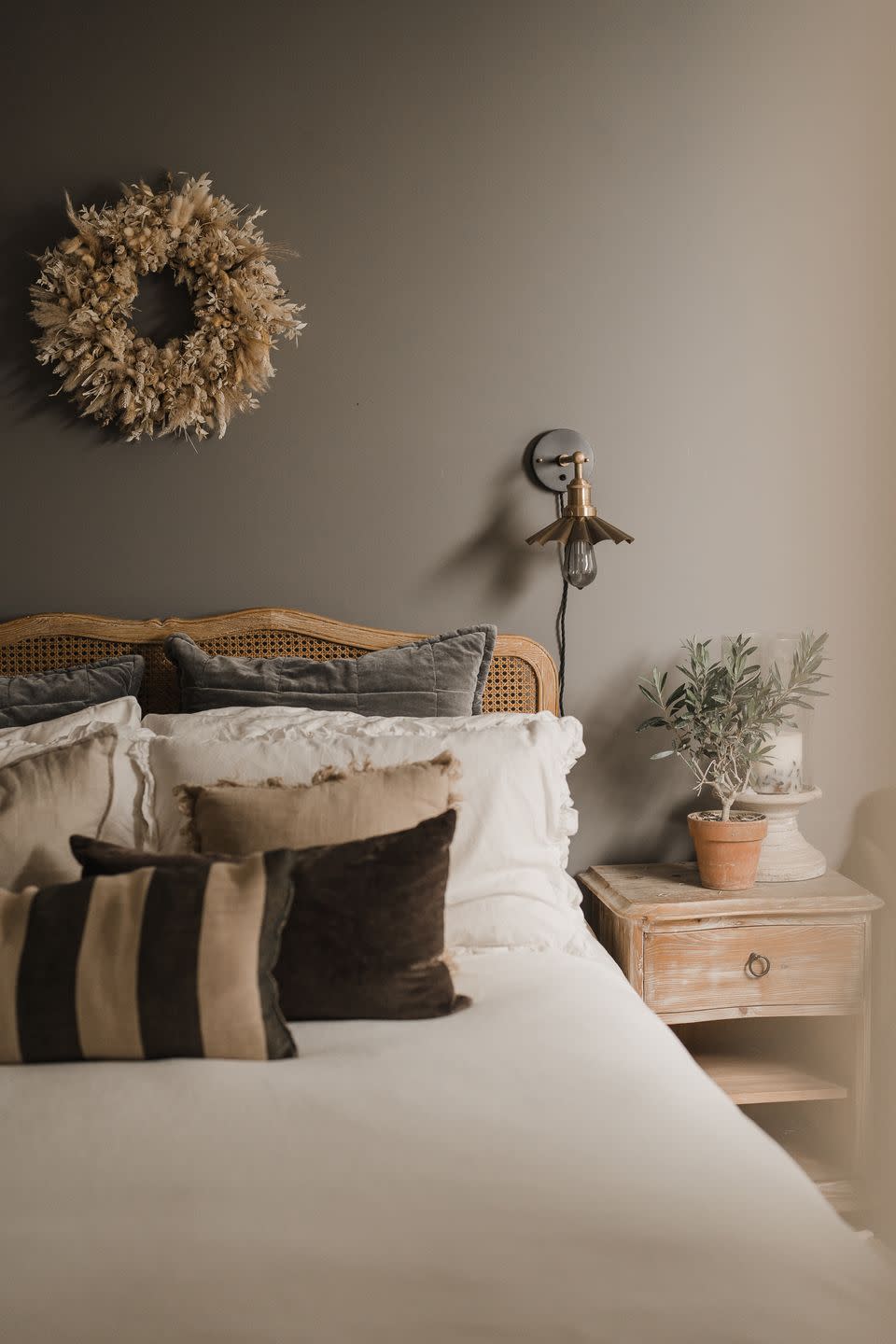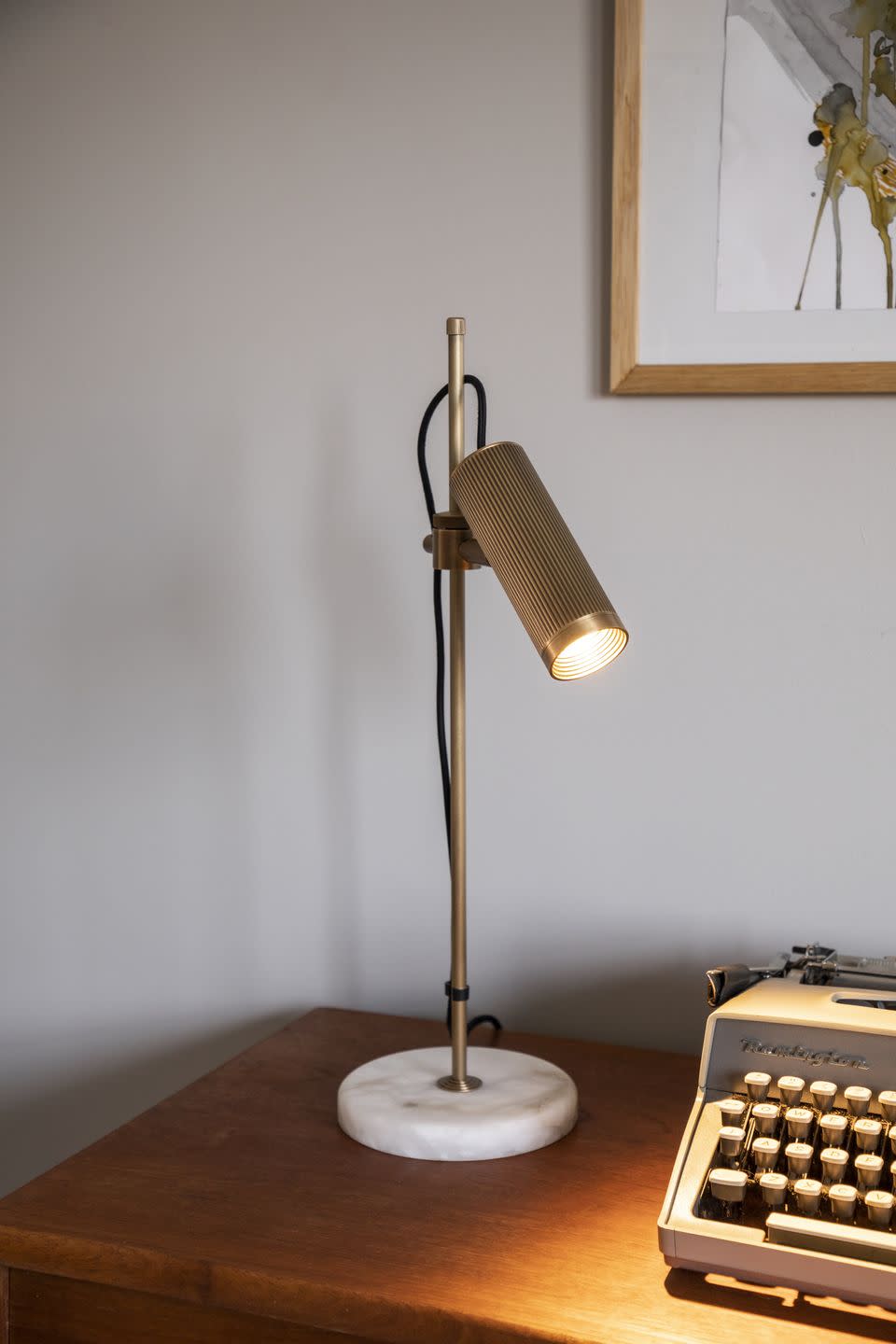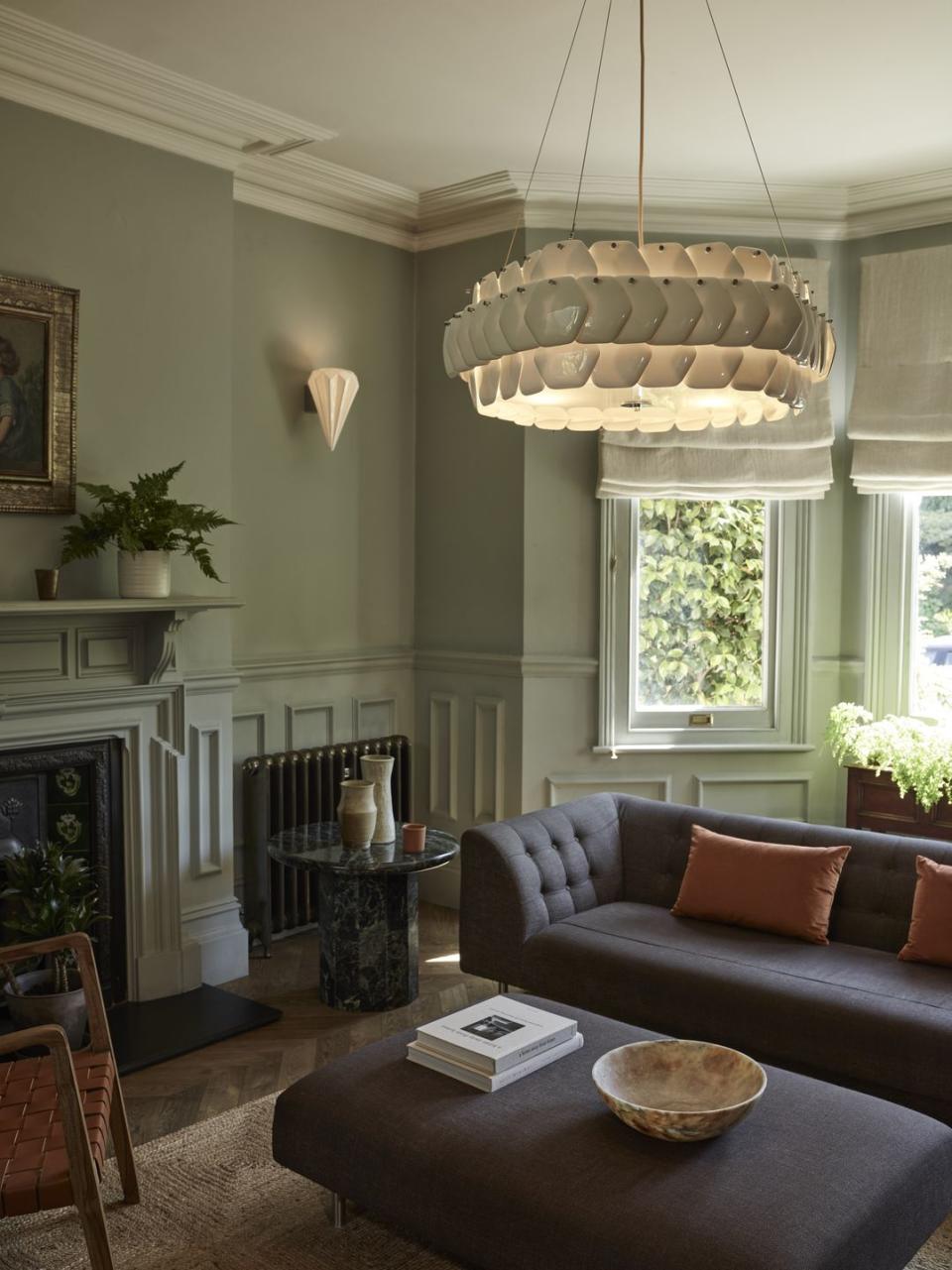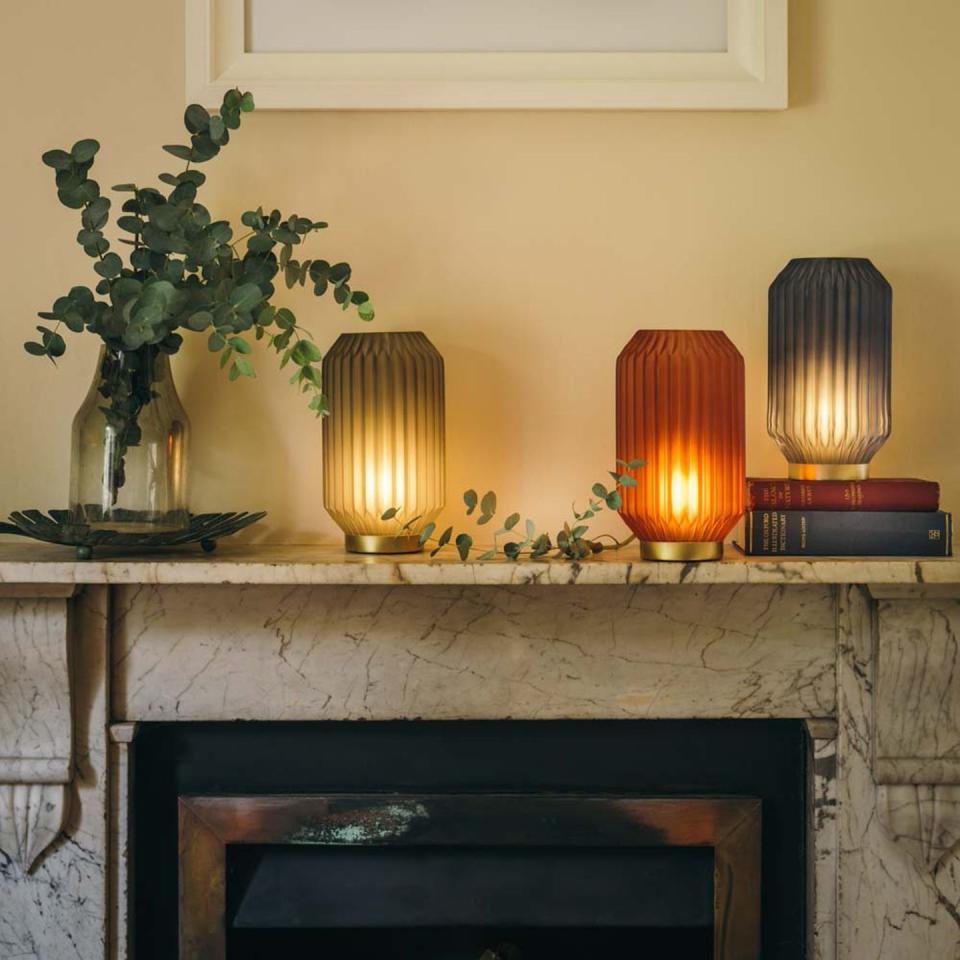4 easy ways to use lighting to boost your mood

We all know how good sunlight makes us feel – awake, energised, and happy. During the portion of the year when the nights are longer and sunlight feels scarce, our mental wellbeing can take a significant hit.
Plus, if you suffer from seasonal affective disorder (SAD), autumn and winter can feel especially tough. The good news is that clever lighting solutions can step in where daylight falls short.
Keep reading to learn top lighting tips to help you take matters into your own hands...
When it comes to getting your lighting just right, it’s important to think on a room-by-room basis. Consider how you spend your time in that room, how you want to feel when you’re in there, and whether the space already benefits from natural light or not. Then, you can focus your attention on exactly how best to optimise the lighting.

The lighting specialists at Ultra LEDs advise: 'Bright, cool lighting will keep you alert and productive for study sessions or a work-from-home setup, for example. Darker, dimmer lighting can help provide a cosy vibe, which is ideal if you’re trying to create the perfect relaxing environment to help you switch off and de-stress after a long day.'
Each room will have a ceiling light, but think how best that can be boosted with additional lighting choices such as floor or table lamps, and candles.
Lighting can alter our mood – for example, a corner lamp with a warm bulb provides the best ambience for switching off and relaxing. On the other end of the scale, too little light can leave us feeling miserable or lethargic, so it's crucial to get the balance right.
During winter, an LED daylight bulb on your ceiling can provide the extra daylight you need when natural light levels are low, which in turn helps to improve your wellbeing and increase productivity levels.
It's cost-effective too, taking much less energy to run than traditional light bulbs. 'LEDs can save a household around £2,000 to £3,000 over the lifetime of the bulbs, depending on the size of the home,' the experts reveal.

A lack of natural daylight can disrupt the natural circadian rhythm that is needed for a good night's sleep, which can affect your mood during the day. 'When we're regularly exposed to daylight, we sleep better, feel healthier and are generally more productive,' the team at Ultra LED explain.

In summer, we rely on sunlight to increase our serotonin levels, but in the darker seasons, we need to provide a boost through our lighting choices. To keep your mood lifted and circadian rhythm balanced, it's important to be able to adjust the lighting to suit your current activity – especially if you have a room which is used for both relaxing and working.
Installing colour-changing LED lights means you can alter the tone depending on the task at hand and the current level of daylight. You can change the lights to suit a high-energy task, or for unwinding after a long day. Optimising the amount of light available, as well as the shade being cast out, will help keep your mood and productivity levels in check.
A good night's sleep is crucial to feeling well-rested and ready to tackle the day ahead, and lighting plays an important role in achieving a peaceful eight hours.
We all know to avoid blue light before we tuck ourselves into bed, but did you know that the best colour LED light for improving our sleep cycle is red? This is because it has a lower colour temperature than typical sunlight, making it ideal for easing you into a peaceful slumber. Think of it as the indoor equivalent of a sunset.

The experts at Ultra LED explain: 'Switching to a natural red colour light in your bedroom could help your body ease into its sleep cycle more naturally, as it produces a wavelength similar to that of the setting sun.
'This tone forces your body to release more melatonin, the hormone that helps you sleep, making you feel drowsy and ready for bed. This will result in a better night's sleep, putting you in a better frame of mind for the following day.'
• For additional support and information on mental health issues, contact your GP, call Samaritans (116 123), or visit mind.org.uk. Additional information on seasonal affective disorder (SAD) can be found on the NHS website.
Follow House Beautiful on TikTok and Instagram.
You Might Also Like



